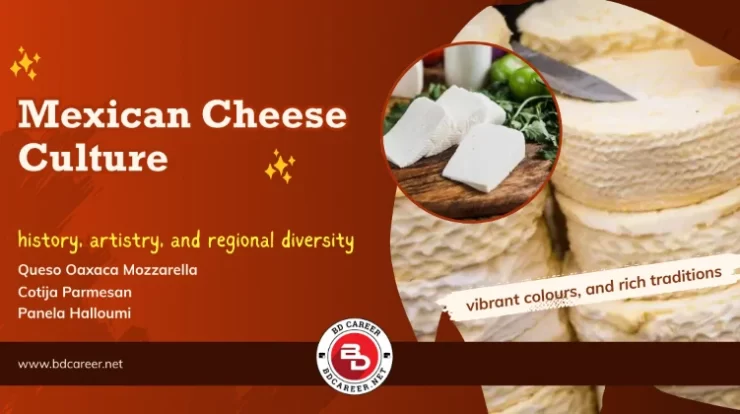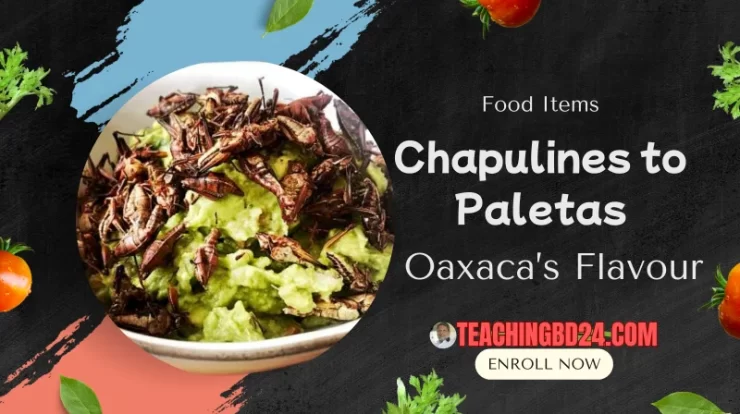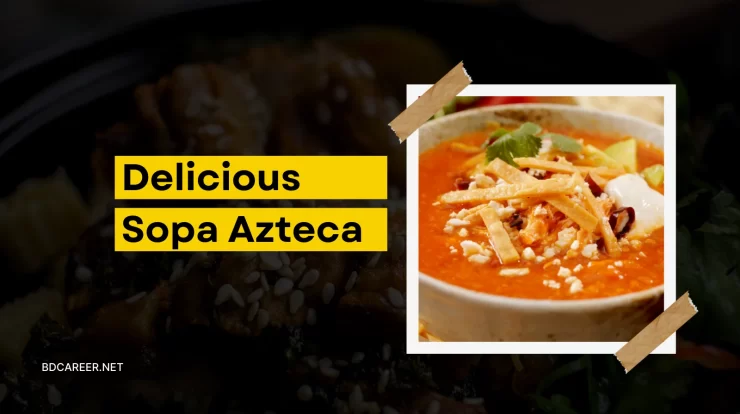
Mexican cuisine is celebrated worldwide for its bold flavours, vibrant colours, and rich traditions, and within this culinary tapestry, cheese holds a special place. Mexican cheese culture is not only about taste but also about history, artistry, and regional diversity. From the stringy Queso Oaxaca to the crumbly, salty Cotija, cheese varieties reflect Mexico’s cultural complexity and culinary ingenuity.
Contents
Historical Background
Cheese-making in Mexico dates back centuries, blending indigenous food traditions with European techniques introduced during Spanish colonisation in the 16th century. Before the Spanish arrived, indigenous peoples primarily relied on corn, beans, and chillies, but with the introduction of cattle and dairy farming, cheese became a new staple. Spanish missionaries and settlers brought with them cheese-making knowledge, merging it with local ingredients and methods to create distinctly Mexican varieties.
Diverse Types of Mexican Cheeses
Mexico’s diverse geography, from arid highlands to tropical coasts, supports a wide range of dairying traditions reflected in its cheeses. Mexican cheeses are typically categorised by texture and moisture content:
- Fresh and soft cheeses: Mild and spreadable, often consumed shortly after production.
- Semi-soft cheeses: More aged, offering a more substantial texture and complex flavours.
- Hard and aged cheeses: Characterised by firm texture and sharp taste, they are often used as toppings or in cooking.
Queso Oaxaca
One of the most beloved Mexican cheeses is Queso Oaxaca, also known as “quesillo.” This semi-soft cheese is characterised by its stringy texture, similar to mozzarella, which is achieved through a traditional hand-stretching process called pasta filata. Made primarily from cow’s milk, it has a mild, buttery flavour and melts beautifully, making it a favourite for melting in dishes.
Queso Oaxaca originated in the southern state of Oaxaca, where the technique has been passed down through generations. It is often used in quesadillas, tlayudas (large tortillas with toppings), and empanadas. Its pliable texture allows it to stretch and pull apart, providing a sensory experience in addition to its taste.
The Big Names — Mexico’s Most Iconic Cheeses
Let’s talk specifics — the cheeses you’ve probably tasted (or should).
1. Queso Oaxaca — The Stringy Star
Imagine mozzarella got a Mexican passport and decided to have fun. That’s Queso Oaxaca. Smooth, mild, stretchy — it’s hand-pulled into ropes and wound into a big, coiled ball. Break it apart, and it peels in ribbons.
Best Uses:
- Quesadillas (the classic)
- Empanadas
- Molletes (open-faced sandwiches)
- Even melted over roasted vegetables or used in a Mexican-style fondue
Its melting quality is unmatched. It’s creamy without being heavy, making it the ultimate cheese for that “pull-apart” food moment.
2. Cotija — The Parmesan of Mexico
Bold, salty, crumbly, and proudly from Michoacán. Cotija starts fresh and soft but, when aged, develops a sharpness and texture reminiscent of a dry European Parmesan or Pecorino.
Best Uses:
- Sprinkled over elotes (grilled street corn with mayo, chilli, lime)
- Garnishing soups and tacos
- Adding a punch of flavour to beans and salads
There are two main types: fresco (younger, moist) and añejo (aged, complex, intense). Both transform simple dishes with just a sprinkle.
3. Queso Fresco — The Friendly Everyday Cheese
Fresh, mild, lightly salted — queso fresco is like that easygoing friend who gets along with everyone. It doesn’t dominate a dish; it complements it.
Best Uses:
- Crumbled on enchiladas, tacos, beans, or chilaquiles
- A cooling contrast in spicy dishes
- Mixed with herbs as a filling for tamales or stuffed peppers
Its gentle, milky taste makes it versatile across the entire Mexican table.
4. Panela — The Grill Master
A fresh white cheese that holds its shape when heated. Panela can be fried or grilled without melting into a puddle — think halloumi but milder.
Best Uses:
- Sliced and grilled as a side dish
- Cubed into salads
- Pan-fried with herbs for a simple appetiser
It’s the cheese you can literally throw on the grill next to your carne asada.
5. Queso Chihuahua — The Northern Melter
Hailing from the northern state of Chihuahua, this cheese is buttery, rich, and made for melting. Think of it as Mexico’s answer to a good melting cheddar — but smoother and slightly tangier.
Best Uses:
- Quesos fundidos (Mexican cheese dip with chorizo)
- Nachos with a luxurious touch
- Filling for burritos or gorditas
It’s the ultimate party cheese — comforting, rich, and indulgent.
Mexican Cheese vs. Global Favourites
Cheese lovers often ask: “Can I just use mozzarella or parmesan instead?” Well… yes, technically. But it’s not the same.
- Queso Oaxaca Mozzarella: Similar stretch, but Oaxaca has a softer dairy flavour that marries better with Mexican spices.
- Cotija Parmesan: Comparable saltiness, but Parmesan lacks Cotija’s rustic, slightly tangy punch.
- Panela Halloumi: Both grill well, but Panela is creamier and less briny.
Substitutions might get you close, but authentic cheeses bring a distinct regional soul to the dish.
Cotija Cheese
In contrast, Cotija cheese comes from the town of Cotija in Michoacán and is known for its firm, crumbly texture and bold, salty flavour. It is often referred to as the “Mexican Parmesan” because of its ability to be grated over dishes, adding a sharp, savoury note.
Cotija is typically aged for several months, which intensifies its flavour. Unlike the mild Queso Oaxaca, Cotija has a robust profile that enhances staples such as elote (Mexican street corn), beans, salads, and soups. Its strong taste and crumbly texture mean it is usually used as a finishing cheese rather than for melting.
Other Notable Mexican Cheeses
Beyond Oaxaca and Cotija, Mexico boasts several other important cheeses that are integral to regional cooking:
- Queso Fresco: A fresh, soft cheese with a slightly salty flavour and crumbly texture, used widely to top dishes like enchiladas and chiles rellenos.
- Panela: Mild and firm, Panela is often grilled or fried because it holds its shape when heated.
- Requesón: Similar to ricotta, this soft cheese is creamy and used in desserts and savoury dishes alike.
- Chihuahua Cheese: Named after the northern state, this cheese is semi-soft, melting well in dishes like queso fundido (melted cheese dip).

Cheese in Mexican Cuisine
Cheese in Mexico is not just an ingredient. It’s part of everyday eating, celebrations, and regional identity. Street vendors, known as tianguis, sell cheese alongside fresh produce, where locals choose their cheese based on preference and dish. In many areas, cheese is eaten with tortillas, incorporated into salsas, or stuffed into tamales. For example, a quesadilla filled with Queso Oaxaca is a classic comfort food, while Cotija sprinkled on roasted corn delivers a savoury punch.
Regional cooking styles greatly influence cheese usage. In the southern states, softer cheeses like Oaxaca are preferred for melting and stretching, while in the central and northern regions, harder cheeses such as Cotija and Chihuahua dominate.
Modern Trends and Challenges
In recent years, there has been a resurgence of artisan cheese-making in Mexico, as producers emphasise traditional methods, quality ingredients, and regional identities to appeal to global markets and local consumers seeking authenticity. However, Mexican cheesemakers face challenges such as regulatory hurdles, competition with industrial cheeses, and the need for improved infrastructure to expand production sustainably.
Efforts to protect and promote traditional cheese varieties help sustain cultural heritage and support rural economies. Organisations and festivals celebrating Mexican cheeses have also contributed to raising awareness of their culinary and cultural significance.
In addition, our website features a wide selection of nixtamalized tortillas, Mexican Pudding, tamales, Mexican and Japanese flavors in sushi rolls, Baja Med food, and other food items. If you would like to explore more reviews beyond these, we invite you to visit.
Conclusion
Mexican cheese culture is a vibrant, essential part of the nation’s culinary landscape. From the melt-in-your-mouth Queso Oaxaca to the bold Cotija, these cheeses offer a window into regional traditions, history, and tastes. Exploring Mexican cheeses encourages both locals and visitors to appreciate the rich heritage and artisanal skills behind every bite, connecting people to Mexico’s diverse roots and vibrant flavours.






